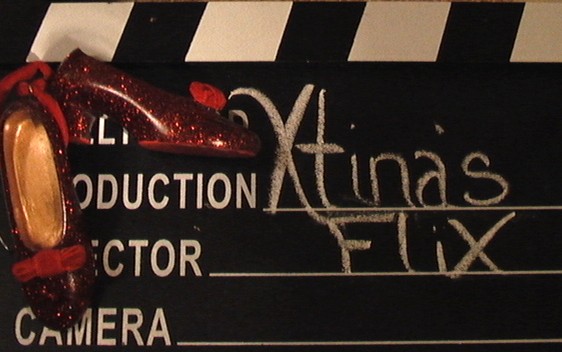
The Curious Case of Benjamin Button is at the top of the nomination list for the 81st Academy Awards, and with good reason. The special effects, make-up, and cinematography displayed feels lightyears away from any other recent film. Which is strange for a story that is about such human elements and doesn't involve spaceships or creatures from another planet. Then again, how would one be able to relate at all to science fiction, if there was not that essential element of truth and recognition involved?
The film is adapted from an F. Scott Fitzgerald short story, though despite the main idea, most everything else has been changed. The short story originally takes place in Baltimore and begins with the birth of an adult man well into his eighties who begins to get younger. The film takes full advantage of the latest in visual effects technology to make Benjamin a baby born wrinkled and arthritic like a man of eighty and growing into his body as his looks grow younger. The film also transfers the setting to New Orleans, making use of the post Hurricane Katrina filming discounts, and even using the hurricane as a subplot.
The story begins with Daisy (Cate Blanchett) dying in a New Orleans hospital as her daughter Caroline (Julia Ormond) reads to her from Benjamin's diary. We learn that after his mother dies in childbirth, Benjamin's father (Jason Flemying) is so distraught and disgusted by his mutant looking son, that he leaves him on the front steps of an old person's home, to be cared for by Queenie (Taraji P. Henson). Benjamin fits in here, at least looking the part, although he feels different from all the other tenants. He wants to explore, to play, to be the young child that he is inside, but his frail elderly body restricts him, as does his overprotective "mother."
Benjamin goes on all kinds of adventures that he just happens to fall upon. Regardless, never far from his thoughts is Daisy, who he met as a child when she visited her grandmother at the old folk's home, and who he keeps intertwined with throughout his life. It is a strange and mostly implausible love story, but isn't that almost always the case? Certainly in Eric Roth's screenplays, most notably similar is Forrest Gump. There is no denying that there are A LOT of similarities between Benjamin and Forrest. Most of them I could look past; the use of a humming bird in place of Forrest's feather motif, I could not.
Besides all the CGI effects, the period costumes and look of the locations makes the films almost three hour long time frame bearable. Not to say that the film could not have used more help in the editing department. It is simply too long, and there are several scenes that could have been shortened, if not omitted altogether. One scene in particular that tried to convey a message, but just seemed to relentlessly drag on is one that deals with an accident and all the factors that had to have taken place in order for the accident to happen. Yes, the story would have been different, had it not occurred, but the Groundhog Day stylization of it halfway through the movie was tedious and unnecessary.
There are moments of this film that fill poignant and memorable. The look of the film is beautiful. However, there is a coldness within the story, perhaps due to the director's other works (Se7en, Zodiac), that lacks the warmth this story needs to be a true epic. Instead of learning a new lesson regarding human life and relationships, the film sometimes feels like a discomposure of the message it is trying to portray. Still, for the picturesque qualities displayed, it is worth seeing at the discount theater or on a big screen TV.



No comments:
Post a Comment